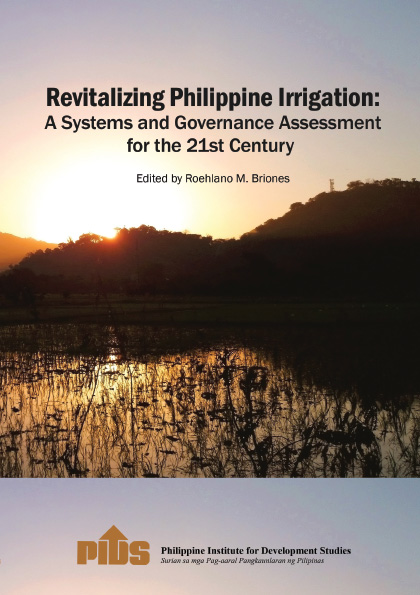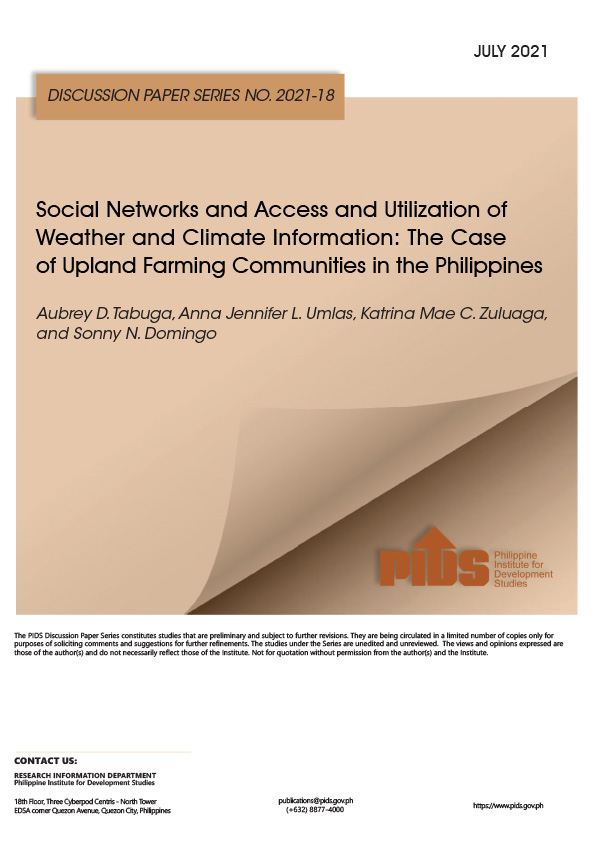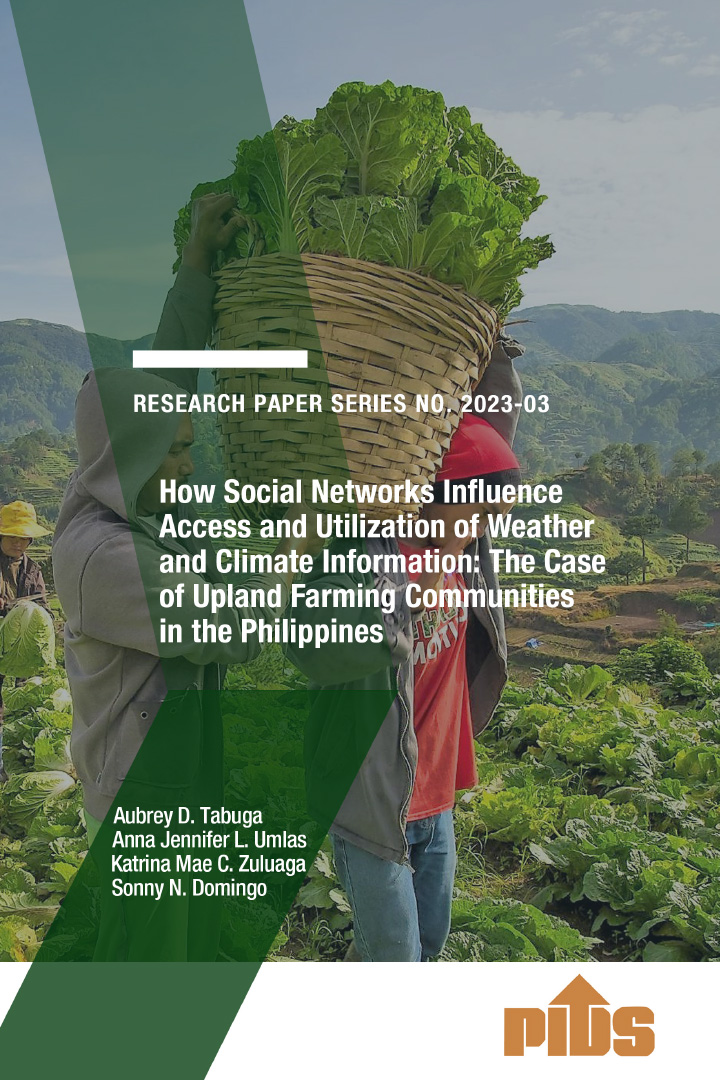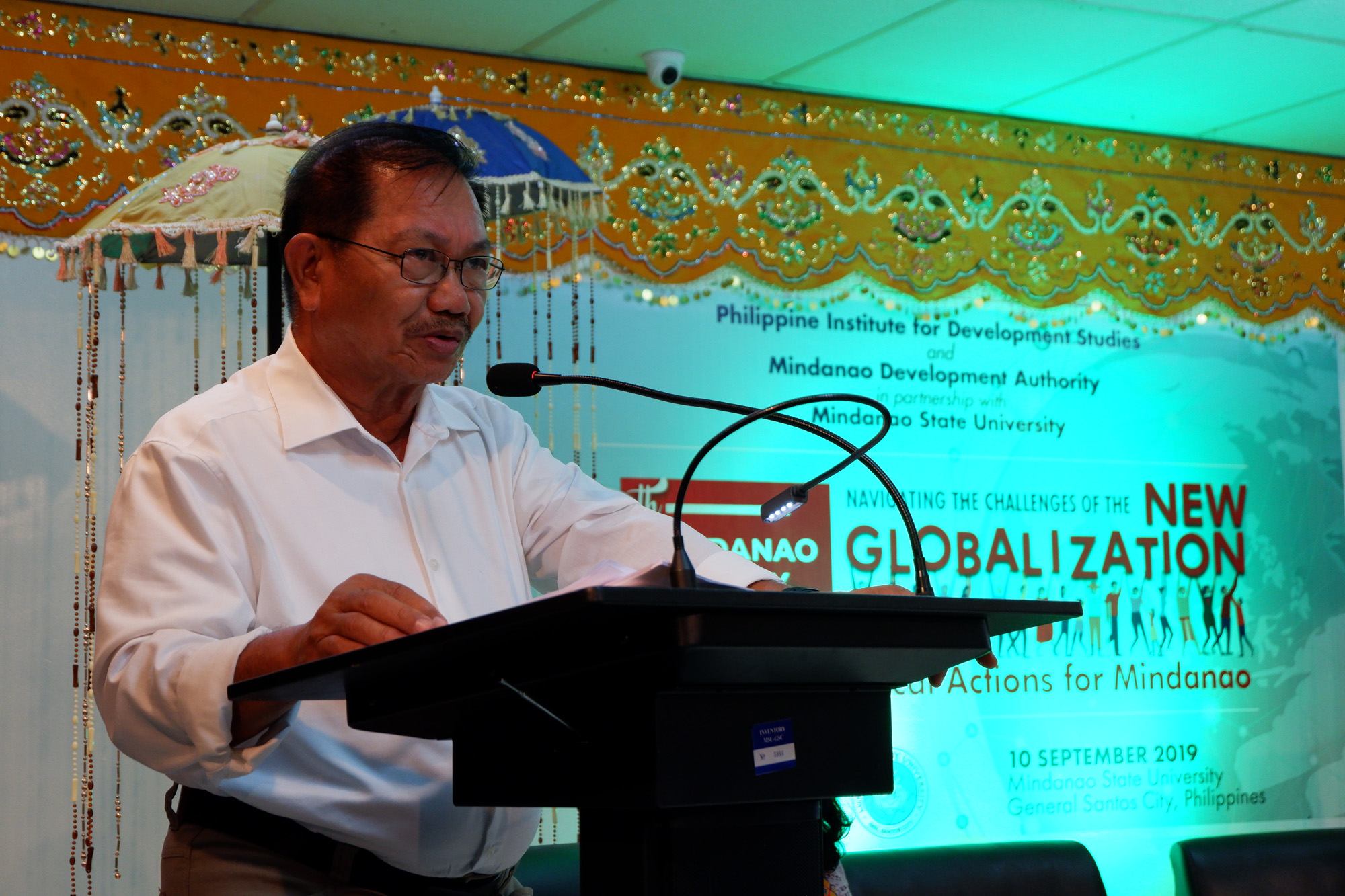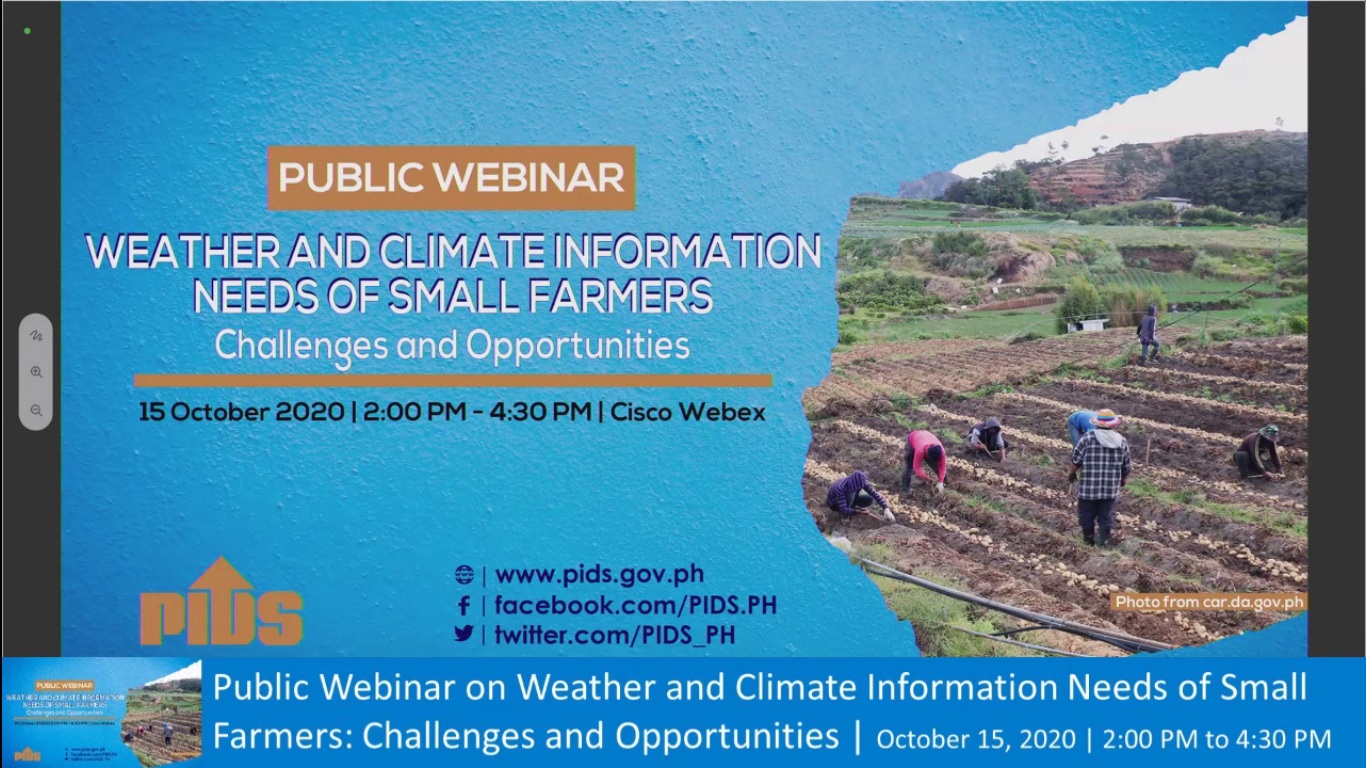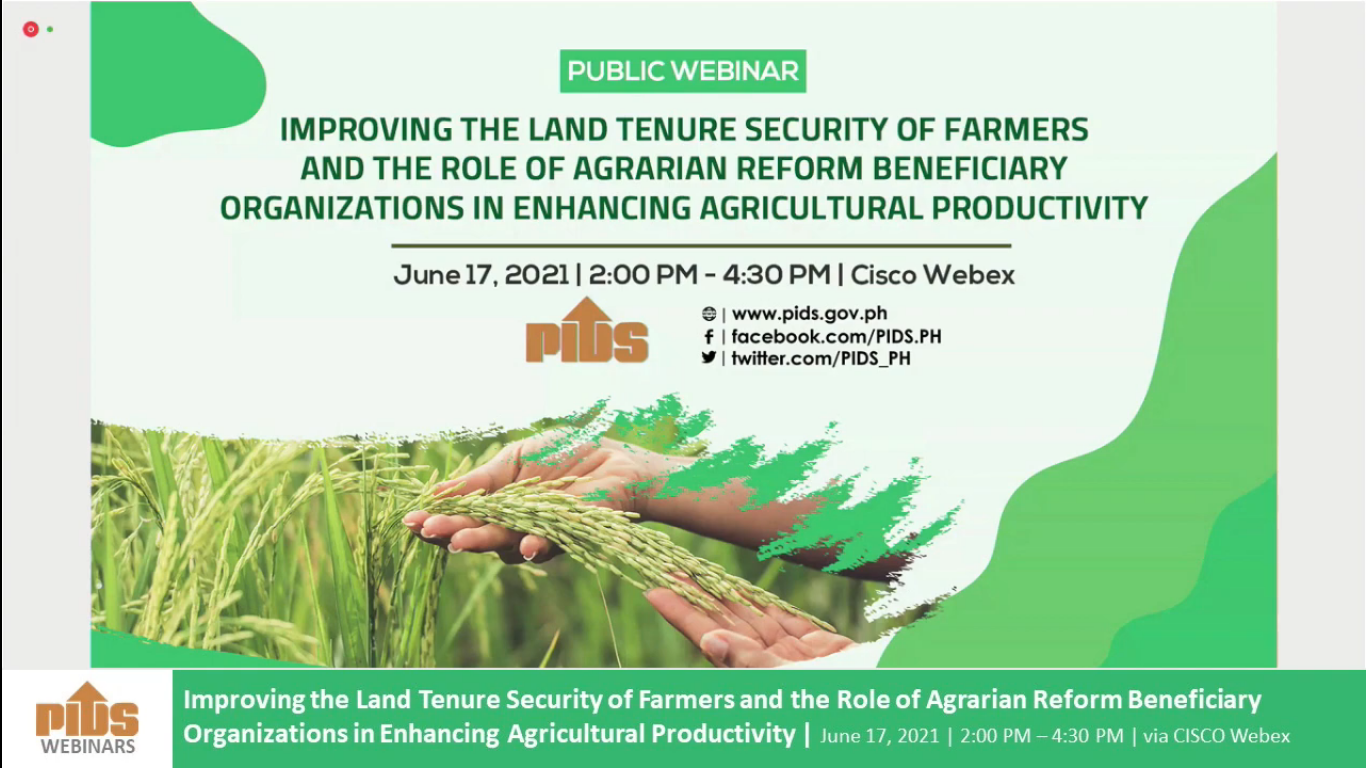Leakages and “exclusions” were found in the government’s database of farmers and fishermen, making it difficult to provide help the agriculture sector, according to the Philippine Institute for Development Studies (Pids).
In the study, titled “Evaluation of the Registry Service for Basic Sectors in Agriculture”, the state-owned think tank urged the government to update and improve the Registry Service for Basic Sectors in Agriculture (RSBSA).
“Making the RSBSA a working and functional registry for those in the agriculture and fisheries sector can be an efficient program targeting tool, provided that proposed improvements will be materialized,” the authors said.
The study noted that, while the RSBSA was a “useful tool” for policy and programming efforts of the government, such as financing and state-funded insurance, there are many irregularities on the list.
It found that legitimate agricultural producers were excluded from the list while those who should not be in it were included.
Based on the authors’ calculations, there were about 9.78 million farmers, farm workers and fishermen registered in the RSBSA.
The bulk of the farmers came from Region 6, or Western Visayas, with 1.03 million farmers and farm laborers.
“There are about 3.8 million rice farmers registered in the RSBSA, with the majority of them found in Regions 1, 6 and 3,” the study read.
Pids also found that the total agriculture producers listed in the RSBSA reached 534,480 in Aurora, Bataan, Eastern Samar, Northern Samar, Misamis Oriental and Davao del Norte.
Only 13,878 were insured by the Philippine Crop Insurance Corp. (PCIC), but 64.74 percent were not included in the RSBSA.
The study, however, noted that the proportion of agricultural producers insured by PCIC not listed in the RSBSA declined by 13.18 percent in 2014, but the proportion of excluded farmers is still significant at 51.56 percent.
“Although one cannot generalize from a sample of six provinces, one can see that there is a sizable number of agricultural producers excluded in the registry. Because of this, PCIC had to cover almost one-third of the cost of its own RSBSA program,” the study read.
Data also showed that there were only 20,163 agrarian reform beneficiaries (ARBs) in the RSBSA, while data from the Department of Agrarian Reform (DAR) indicated there were 164,118.
This leaves 143,955 ARBs in the DAR data that were not included in the registry. The study stated that this represented only 12 percent of ARBs in the RSBSA.
The authors noted there were problems in linking the list with other databases, there was no validation of the information contained on the list, and the total arable/agricultural land could also be understated on the list.
The study also found that the operational definition of “farmer” was unclear and that concerned agencies might need to fine-tune the list according to their own program objectives.
With these problems, the local and national government agencies encountered problems using budget allocations for programs.
The Land Bank of the Philippines and Peoples Credit Financing Corp. could not fully tap the P1-billion budget programmed for the Agriculture and Fisheries Financing Program because of these loopholes.
“The PCIC was not able to provide subsidized insurance to many farmers/fishermen who applied because they are not on the RSBSA list, and some of them were already regular patrons under the regular insurance programs of the corporation,” the study read.
The authors added that the missing information in the RSBSA prevented the Bureau of Fisheries and Aquatic Resources from helping fisherfolk to obtain insurance PCIC.
They also warned that the funds extended by the Department of Agriculture to farmers excluded from the RSBSA could open them to questions from the Commission on Audit.//
Many farmers failed to get govt aid due to unreliable data–PIDS

